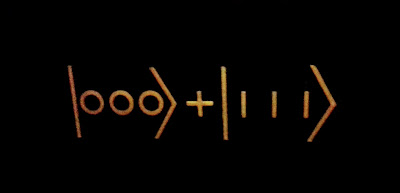Theorem of the week: The Hairy Ball Theorem This says you can't comb a hairy ball without introducing discontinuities such as partings or whorls, unless there's a bald spot. (There's a more mathematical statement below under the heading "theorem".) The proof is from An Extremely Short Proof of the Hairy Ball Theorem, by P McGrath , but I've put it into my own words, completely removed all maths notation, and added pictures to make it as accessible as possible. In addition to being extremely short, it's extremely elegant, and somewhat reminiscent of the Ham Sandwich Theorem . Theorem It is not possible to impose a continuous vector field onto a sphere, such that the vectors are all tangential to the surface, unless the field is zero somewhere Proof Let's assume the sphere does have a continuous, tangential, everywhere non-zero vector field, and attempt to derive a contradiction. Draw a small circle around a point p. Do one lap around...











